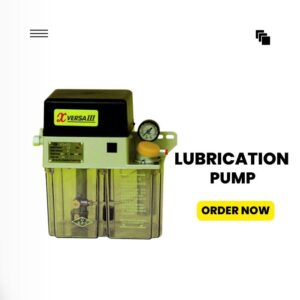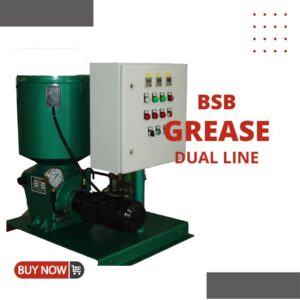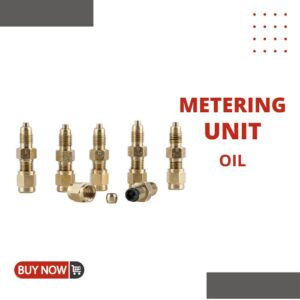What is an automatic lubrication system?
Units of The Automation Lubrication System?
That are essential for the effective operation of an automatic lubrication system. In addition to pumps, metering units, and pipes, there are various accessories that play vital roles in ensuring that the lubrication system functions correctly. For example, a pressure switch is used to measure the pressure of the lubricant and trigger the system to dispense more when necessary. This helps to maintain optimal lubrication levels and prevent under-lubrication or over-lubrication of the machinery. Other accessories include flow meters, control units, and alarms that send alerts when the system requires attention or maintenance. By understanding the importance of all these components and accessories, you can ensure that your automatic lubrication system performs at its best, increasing the longevity of your equipment and reducing maintenance costs.
Lubrication Pump
Metering Valves
How do automatic lubrication systems work?
Automatic lubrication systems work by continuously supplying a precise amount of lubricant to the moving parts of equipment. These systems typically consist of a pump, controller, and distribution lines that lead to various lubrication points on the machinery.
The pump is responsible for delivering the lubricant from a reservoir or grease cartridge. The controller sets the desired flow rate and timing intervals based on specific equipment requirements. Once set up, the system can operate independently without any human intervention.
The distribution lines carry the lubricant to each point where it’s needed most. This helps reduce friction between moving components and prevent wear over time, extending equipment life expectancy.
Some automatic lubrication systems use sensors or feedback mechanisms to monitor key performance metrics such as temperature or pressure levels in order to optimize maintenance schedules and ensure consistent operation.
In summary, automatic lubrication systems are designed to simplify maintenance tasks by providing an efficient way to keep machinery properly oiled at all times. They can help increase productivity, extend machine lifespan, and decrease downtime associated with manual greasing routines.










